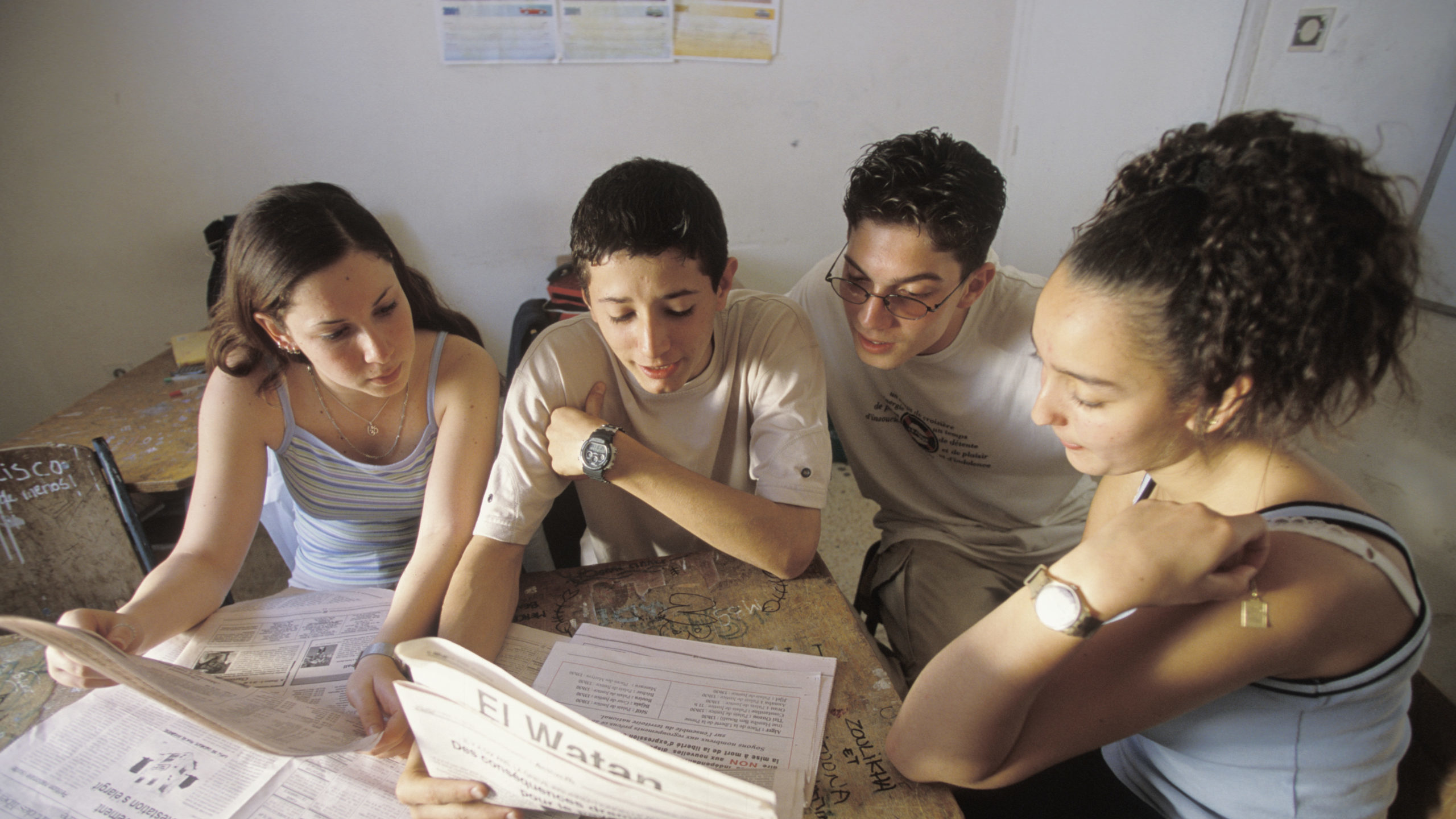resource
Summary
This report is about how faith-based, gender-restrictive groups are using children and child protection rhetoric to manufacture moral panic and mobilise it against human rights related to gender justice, such as sexual health and reproductive rights (SHRR); the rights of gay, lesbian, bisexual, transgender and intersex (LGBTI) people; gender equity; and, ironically, children’s rights worldwide.
The report also highlights how faith-based, gender-restrictive groups groups work towards the enforcement of a gender-restrictive worldview, feeding on and further strengthening the illiberal politics that have seriously undermined democracy in the first two decades of the 21st century.
Structure of the report
The report presents three case studies, each on in a different region: Peru in Latin America, Bulgaria in East Europe, and Ghana in West Africa. The comparative analysis underscores recurring strategies, narratives, and actors and gives insight into how gender-restrictive groups collaborate and engage in coalitional work across the globe. It highlights meaningful differences between them, some of which account for their particular success or more notable limitations in specific contexts.
This report is divided into four chapters, and a list of actionable recommendations. The first chapter identifies the global characteristics of the contemporary gender-restrictive movement. It begins by presenting a timeline of its development and consolidation and provides key contextual information to understand the gender-restrictive movement’s rise and expansion. Then, the chapter outlines its ideological underpinnings and explains the values at the centre of the gender-restrictive worldview these groups are trying to impose. The chapter closes by summarising their main and most effective strategies.
The next three chapters present the findings of the case studies: Peru, Bulgaria and Ghana. Each one starts with a description of the specific events that illustrate how gender-restrictive groups operate within their regional context. Next, each chapter provides key facts about the local historical, cultural, and religious background of the case studies. They explain why gender-restrictive groups gained traction and how they achieved their goals. Later, the case studies analyse the messages and strategies used by gender-restrictive groups and identify the main gender-restrictive actors.






